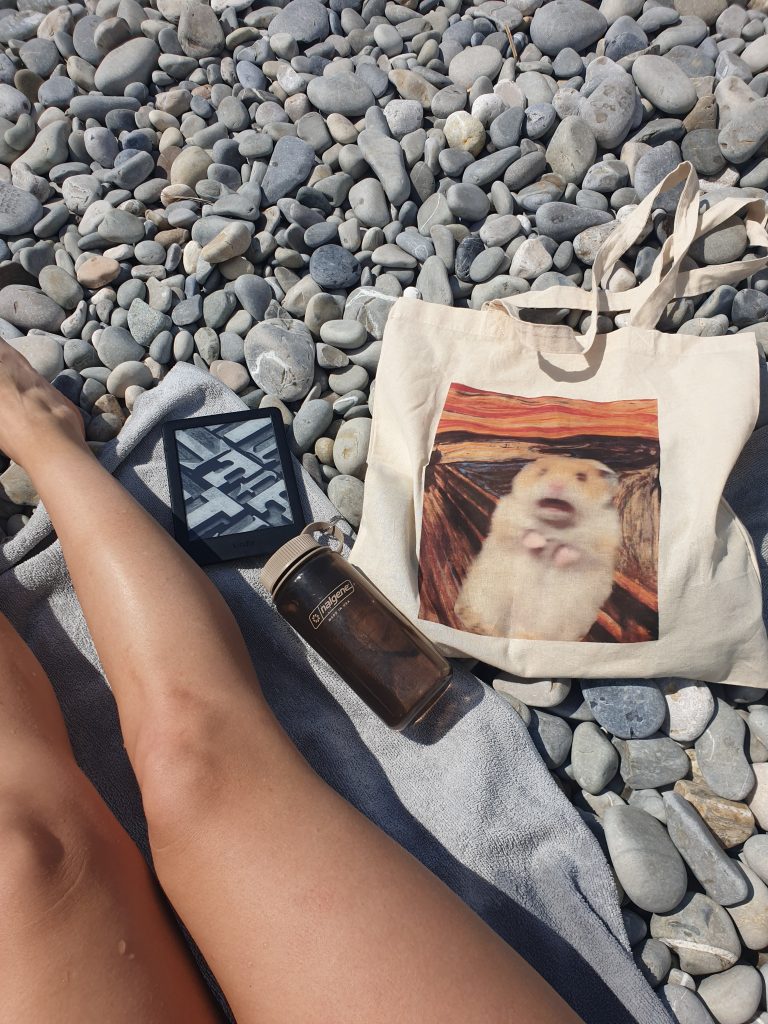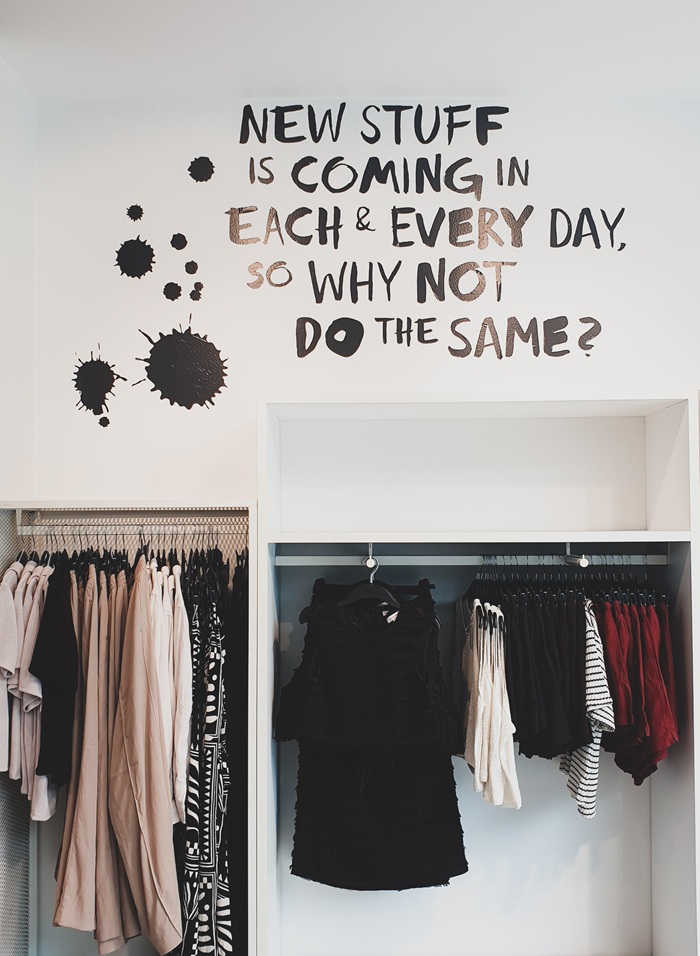One would expect the solution to be to just stop buying the stuff, right? Yet, every spring and summer, I feel this overwhelming urge to completely update my wardrobe. Sundresses, linen sets, chunky sandals… my online shopping cart suddenly fills with items promising the perfect summer aesthetic. But here’s the reality check: I live in Scandinavia, where summer lasts approximately 15 minutes. Most of those “essential” summer clothes barely leave my closet before they’re packed away again for another year, still looking practically new.
So why do I feel this seasonal shopping itch despite knowing better? Why does the arrival of warmer weather instantly trigger this desire to spend money on clothes I don’t actually need?
The Psychology Behind “Must-Have” Marketing
The answer lies in the sneaky psychology of consumer marketing. Retailers and brands have mastered the art of creating artificial needs through carefully crafted seasonal campaigns. Terms like “summer essentials” and “vacation must-haves” aren’t accidental. They deliberately position new products as necessities rather than optional purchases.
This marketing creates a subtle but powerful emotional narrative: without these items, your summer will somehow be incomplete. Social media amplifies this effect with carefully curated vacation photos featuring this season’s “essential” linen pants or “perfect” beach tote. Travel-oriented marketing is particularly effective, promising that with just a few strategic purchases, you too can capture that effortless vacation lifestyle, even if your summer plans involve more rainy days than beach getaways.
These types of campaigns exploit our natural tendency toward aspirational purchasing aka. buying for the life we wish we had rather than the one we actually live. Brands deliberately creates feelings of lack, suggesting that our current possessions are somehow inadequate for the season ahead.

Breaking the Cycle: Practical Steps to Stop Buying Shit you don’t need
If you recognize yourself in this pattern, here are some practical strategies to break the cycle:
Start with an inventory of what you already own.
Most of us dramatically underestimate how many clothes we actually have. Pull everything out, category by category. Try on those summer clothes from last year – chances are they’re still perfectly good, and you’ll rediscover items you’d forgotten about. This concrete visual reminder of abundance can immediately dampen the feeling that you “need” more.
Conduct a financial audit of your shopping habits.
Look back at last year’s spring and summer purchases. How many items did you buy? How many times did you actually wear each piece? Calculate the “cost per wear” by dividing the item’s price by the number of times you wore it. This objective data can be highly effective at highlighting patterns of waste and will help you stop buying unnecessary things.
Implement a strategic “no-buy” period.
Choose a specific timeframe – perhaps the next 30 or 60 days – where you commit to stop buying new clothing items. This break helps reset your shopping habits and weakens the automatic response to seasonal marketing. The first week is usually the hardest, but it gets progressively easier as the dopamine-seeking shopping behavior diminishes.
When you do shop again, implement a questioning framework.
Before any purchase, ask yourself: “Do I really need this, or do I just want it?”; “Does this actually match my lifestyle, aesthetic and climate?”; “Do I already own something similar?”; “Will I wear this at least 30 times?”; “Do I genuinely like it or did I see it in an ad?”. These questions create a helpful pause between impulse and purchase.

Find alternative sources of satisfaction.
Shopping provides a quick dopamine hit, but there are healthier ways to get that same neurochemical reward. Redirect that energy into hobbies that generate lasting fulfillment , whether it’s exercise, arts and crafts, cooking, or simply meeting friends. Unlike the fleeting pleasure of a purchase, these activities provide sustained satisfaction without the subsequent buyer’s remorse.
The freedom from constant consumption isn’t just financial, it’s psychological.
When you stop buying things you don’t need, you reclaim mental space previously occupied by wanting and negative self-talk. The result isn’t deprivation but liberation from marketing manipulation, unnecessary expenses, and endless consumption that never quite delivers on its promise of satisfaction.

